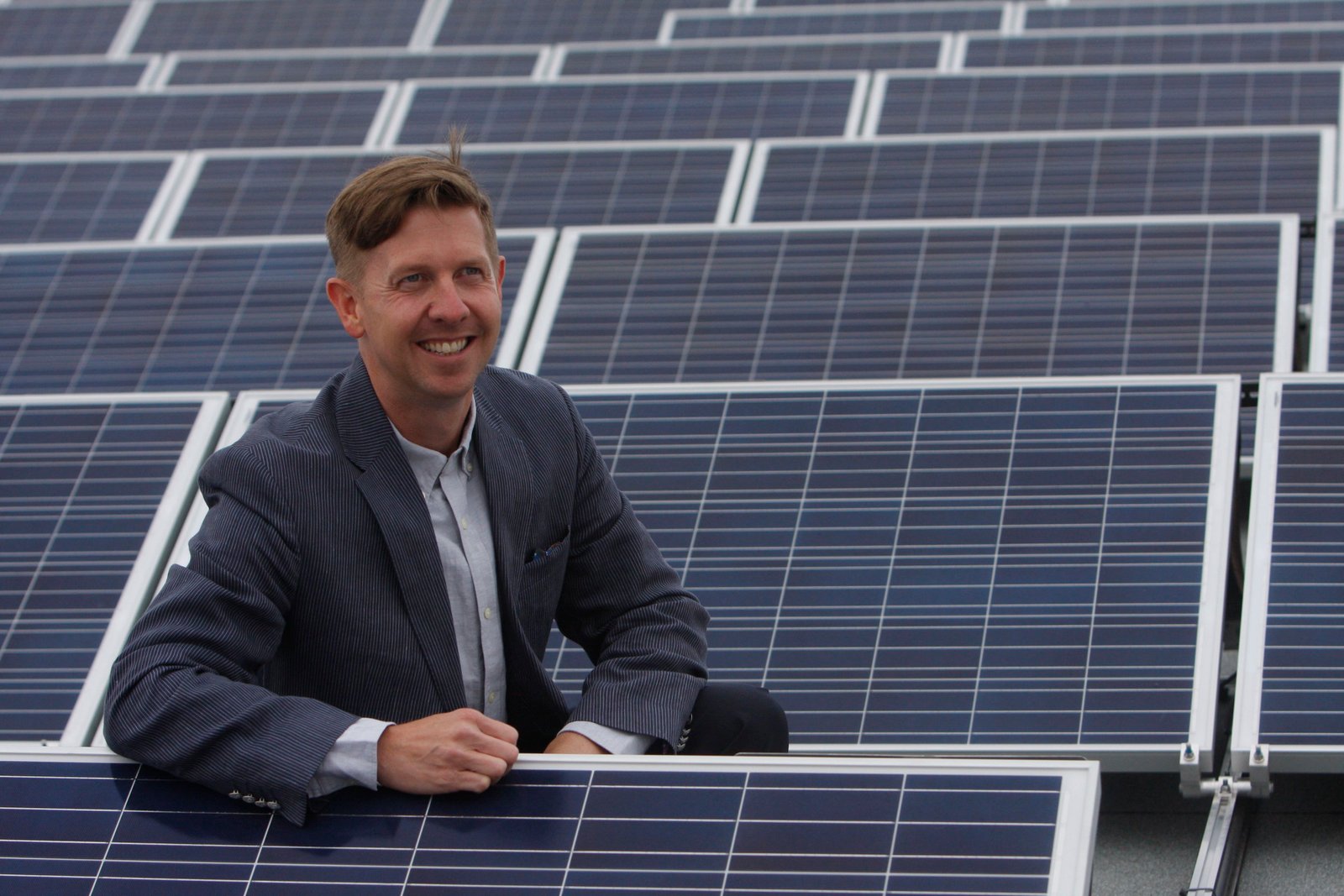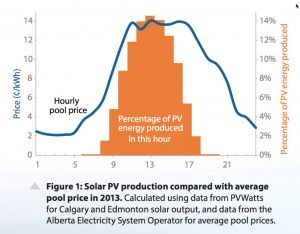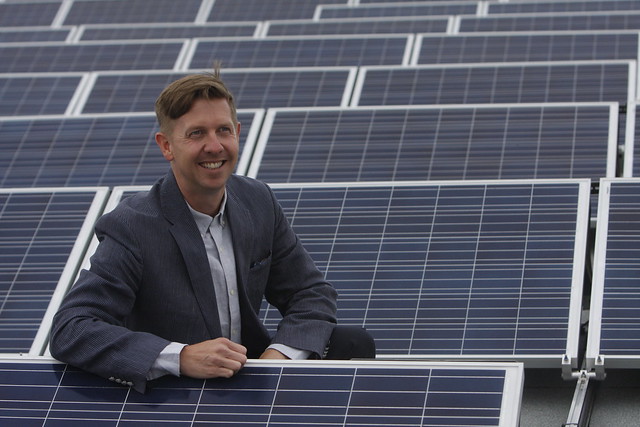By David Dodge and Duncan Kinney
Have you heard the one about how renewables are too expensive and that they always need subsidies? Well, both wind and solar now compete with fossil fuel electricity generation purely on price, without subsidies.
But wind and solar aren’t just competitive and affordable options for generating electricity — in Alberta they’re actually driving prices down for consumers.
A study by our colleagues at the Pembina Institute confirms a direct relationship between wind and solar production and lower prices for consumers. And it’s all due to a couple of quirks in how Alberta’s electricity market is designed.
Solar subsidy
Alberta has the only deregulated electricity market in the country. In this market the wholesale price fluctuates hourly depending on supply and demand. Since the highest demand for power is during the day when people are working, the price for electricity is highest exactly when solar panels are producing electricity.
But due to Alberta’s micro-generator regulation, small microgenerators (those producing less than 150 kilowatts) get the retail price for any electricity they produce. That retail price is lower than the daytime wholesale price and as a result small solar generators have to sell their electricity at a discounted price.
That imbalance means people with solar panels on their roof are selling their electricity with anywhere from a 1.5¢/kWh to a 6¢/kWh discount.
To learn more we talked to Kyle Kasawski, the general manager of Landmark Power Solar. Landmark is an innovative homebuilder that we’ve featured on our series before and Kyle has been selling solar systems since 2002. They’re figuring out how to mass-produce net-zero homes, and Landmark itself has installed solar panels on 137 different homes.
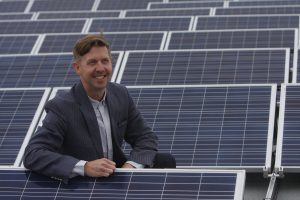
The Landmark Group of Builders unveiled their 120-kilowatt solar PV array in Edmonton on Thursday, August 28. The 510 solar panels are on the roof and installed as awnings. Kyle Kasawski is the general manager of Landmark Power Solar and was key to getting this project done.
“Once you clue in you go, ‘that doesn’t sound right’ and you realize there’s a fundamental disconnect. I’m sure economists would get around this and say markets shouldn’t work like this. So the market in this way is a little dysfunctional,’ says Kasawski.
He also believes that if solar producers got the full value for the electricity their solar panels produce then the “economics for solar improve to the point where I think a lot more people would adopt it for purely economic reasons, because it’s not only saving them energy, but it would be earning them money for the electricity they produce.”
Solar energy in Alberta is still a tiny fraction of the total electricity mix, only five megawatts, but it’s growing. Higher prices for solar electricity would certainly accelerate the process and get more clean solar energy on the grid more quickly, also helping Alberta with one of the biggest challenges it faces — reducing emissions in our fossil fuel economy.
Windy days mean lower power prices
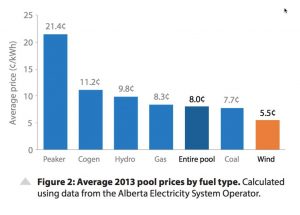
Graph from Pembina Institute factsheet. Data is from Alberta’s Electric System Operator.
Alberta was the first province to install commercial wind projects, and we’ve featured wind entrepreneurs who’ve done incredible things. More than 1,400 megawatts of wind energy is up and spinning here and it’s already lowering power prices.
“The long and the short of it is, whenever it’s windy the price always comes down in Alberta, which is ultimately good for consumers, but it’s not so good for the guys operating the wind plant because they always get the lowest price,” says Tim Weis, policy director with the Canadian Wind Energy Association.
Wind energy producers end up selling to the grid at prices 30 per cent below the average grid price. Wind is the cheapest type of power produced in Alberta, with an average price of 5.5 cents per kilowatt-hour in 2013. The same per kilowatt-hour figure is 7.7 cents for coal and 8.3 cents for natural gas.
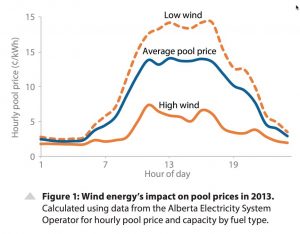
Graph from Pembina Institute factsheet. Data is from Alberta’s Electric System Operator.
That fact sheet we referenced earlier found a direct relationship between high winds and lower electricity prices. With no fuel cost, wind farm operators bid into the system at zero as it doesn’t cost them anything to produce their power. But bidding in at zero drags the price of the whole system down. As you can see from the graph, when the wind blows electricity is cheap, and when it doesn’t the price goes up.
From the consumer’s point of view, the more renewable energy on the grid, the better. Renewables are cost competitive, they bring down electricity prices for the average Joe and they help Alberta with perhaps its biggest challenge, reducing emissions.
But both energy producers and the provincial government face a larger structural challenge — put enough clean energy on the grid and nobody makes any money.
The market also doesn’t recognize the value provided by the grid as an always-on source of backup power. Even if everyone had a net-zero home you’d still need the grid to turn the lights on after the sun went down.
But we take comfort in the fact that wind and solar are only getting cheaper, that more and more clean energy is being installed in Alberta and around the world, and that — in Alberta at least — wind and solar are putting a couple more dollars in your pocket.
